In the movie “Matrix Reloaded” we see that a whole city (almost the size of a small country) is living underground. A character in the movie exclaims that there are machines out there to kill the humans and there are machines inside keeping them alive.
This sentence has a huge implication!
Add to this a few real world facts-
- Many countries have made internet a human right.
- Mobile phones in India are the most sold equipment (Not just gadget) overthrowing bicycles.
- Businesses are becoming automated day by day and stock market and such businesses are completely dependent on computers now.
- The most valuable company in the world is a tech company. (Apple)
If looking at them individually they look spectacular and interesting snippets but from an analysts point of view a clear trend is visible. Technology has become an integral part of our lives. But that is something even a child knows now. We want technology, we need it maybe, but the question is….
Has Technology become essential for our very survival?
I once saw a meme which saw Facebook, Google boasting about themselves and Internet claiming they are nothing without it. From behind comes Electricity and says one of the more famous meme phrases (B**** Please!).
I am not going that far though. I just want to imagine a world where internet goes down. Or maybe GPS satellites stop working at all. Till how much can we survive or rather for how long can our internet crazed or tech dependent generation tolerate before we begin to detox.
There is a term ‘addiction’ that is now being associated with technology. I have certainly felt the pangs of it as well as many other people. Leaving aside these side effects let me talk of the usual stuff.
In business Microsoft Office has eased out the work of a normal employee. Now, he can do a lot more work in the same time or the same amount of work in a lot less time. Take away these tools and suddenly any person who works in an office will find himself in a pile of paperwork which he won’t understand came from where. The tools used in excel like pivot will become redundant and analysis of data will become a chore. Imagine how will the communication happen if only one channel (be it email or mobile) gets interrupted.
Sometimes, it happens for a few hours and I have seen the work efficiency going down to nil.
Leave out the TV and out of nowhere we have millions of people without a job. No, I am not talking about people who are working on TV but people who are watching it.
The number of hours that are spend on TV are enormous and not going down anytime soon. What will these housewives do when they are so used to their daily soaps before the afternoon naps, or after dinner saas-bahu (or balika vadhu, whatever is current trend)?
What about the hospitals? The machines are becoming automated day by day and even a slight hitch can make the difference between someone’s life and death.
In the words of George Carlin…
The only difference between us and the old time Barbarians is electricity. Take it out and we are back to that era.
But I would go even further. I would say that Technology is now a multi limb creature whose even a single limb if cut off will create trouble and if more than one parts decide to lop off will make the basic survival of human race difficult.
These problems might seem like minor nuances that people will eventually get used to if they happen but I think that this is only possible if an equally pervasive alternative presents itself which right now seems improbable.
The post Can we Survive without Technology? appeared first on India Business & Technology Hub.
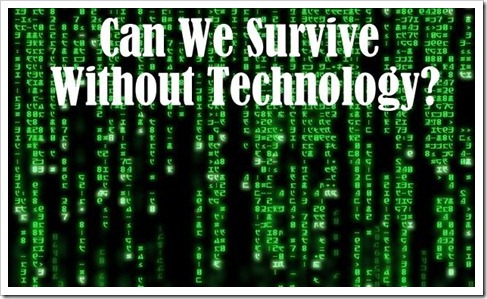

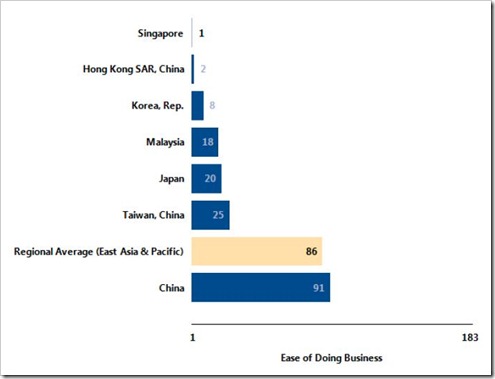
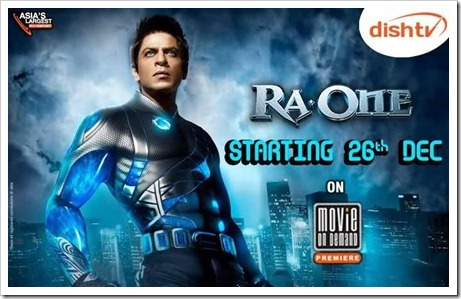
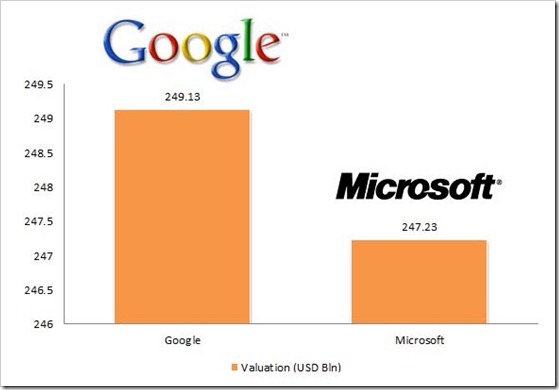
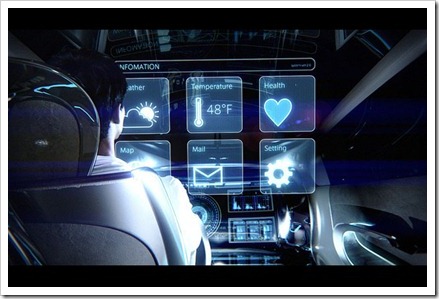

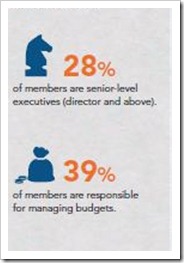

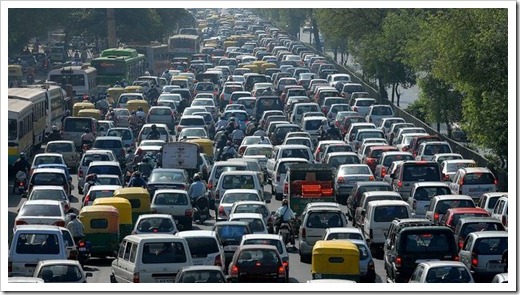
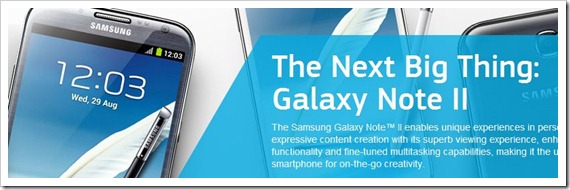
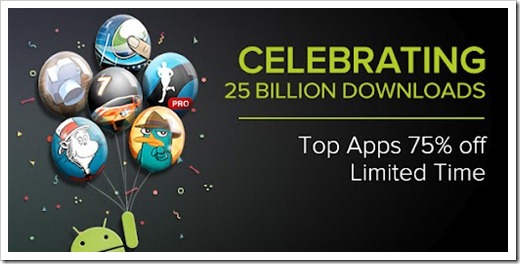

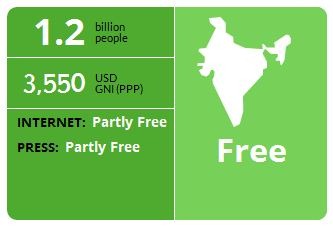
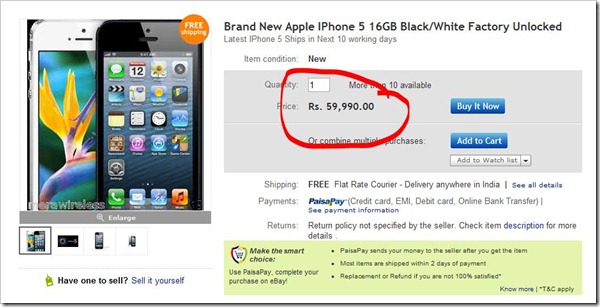
![Trak.in toons Facebook snitch photo Facebook Asks Users To Snitch On Their Friends [Trak.in Toons]](http://trak.in/wp-content/uploads/2012/09/Trak-in-Toons-Facebook-Profile_thumb.jpg)